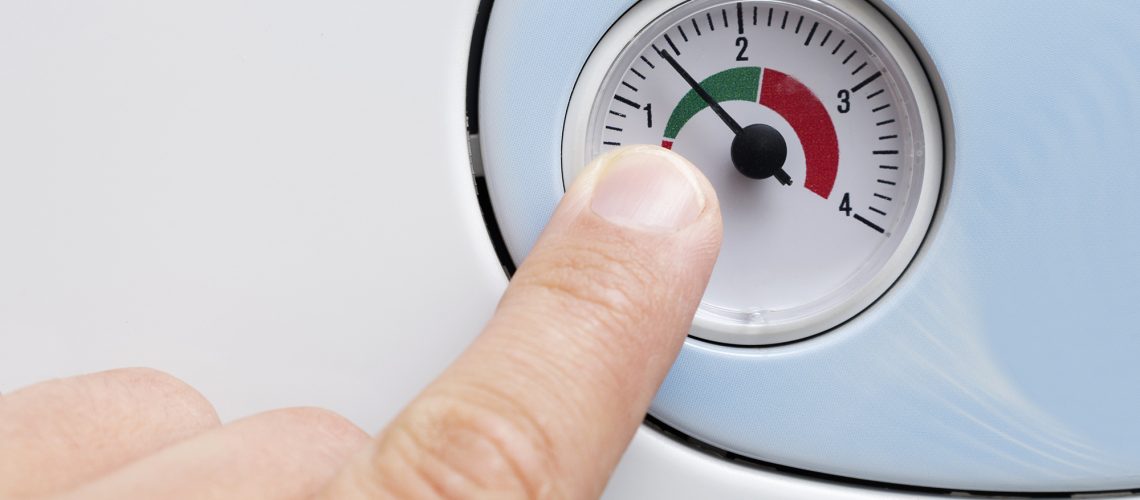There are several reasons you need to re-pressurise your central heating system. This blog will help you understand how the system works and why this is a necessary task you need to do after bleeding.
The system needs water pressure to work.
Water pressure makes the central heating system function effectively and circulate efficiently. We set modern central heating systems to about 1bar pressure. The water can then transfer heat from the boiler to the radiators or hot water components via the pump quickly. This ensures that rooms and hot water heat up instantly, saving fuel and money.
Modern boilers and systems.
Throughout its working life, the central heating system will lose pressure gradually. Constant heating and cooling will cause the water in the system to oxygenate, which means it forms tiny bubbles in the system. These bubbles work their way out through bleeding; either by you at a radiator, or automatically via an auto air vent in the boiler or system. As this happens, the system reduces pressure. When it reaches a certain low-pressure point, the boiler will trigger a safe working mode and prevent the boiler from heating. It is important to observe the pressure reading in your central heating regularly.
Filling the system after bleeding radiators.
If you are new to your heating system and don’t know where your filling point is, ask a professional to inspect and advise you on how to re-pressurise your central heating system. The filling point will either be in your boiler or connected separately to your heating system. There should be a pressure gauge nearby to aid with the filling process and prevent you from over-pressuring the system. The gauge will show the pressure by numbers or coloured zones. As stated earlier, we set it to about 1bar when the system is cold. As the temperature in the system rises, so will the pressure as the heated water expands.
- Turn your heating and boiler off before you bleed the system.
- Whenever you bleed radiators on a sealed system you should bleed one radiator at a time and repressurise as you go.
- The air removed from your radiators will cause the system pressure to drop.
- If you are filling from a point inside the boiler, follow the manufacturer’s instructions.
- If the filling point is located on pipework then you may need to connect the filling loop to the system.
- There will be a flexible pipe to connect to a mains water pipe and a central heating pipe via two valves: a manual filling valve (cold mains pipe) and a non-return valve (central heating pipe).
- The flexible pipe should have rubber washers in each end connector and only need hand tightening to the valves.
- Once connected, open the manual valve slightly, which may require a screwdriver.
- You should hear water beginning to flow through the valves and into the heating system.
- The gauge will begin to rise as the pressure increases.
- Once you reach 1 bar, or the safe coloured area, turn off the filling valve and continue on to the next radiator.
- After all radiators are bled, remove the filling loop and test the heating.
If you accidentally over pressurise the boiler don’t panic. There will be a pressure relief valve installed within the boiler or system that will discharge water safely. This activates when the pressure exceeds 3bar. We would recommend you seek professional advice after an overpressure situation, just to be sure everything is working ok.
For a quote for a new boiler or upgrade your existing system, click here for more details.

